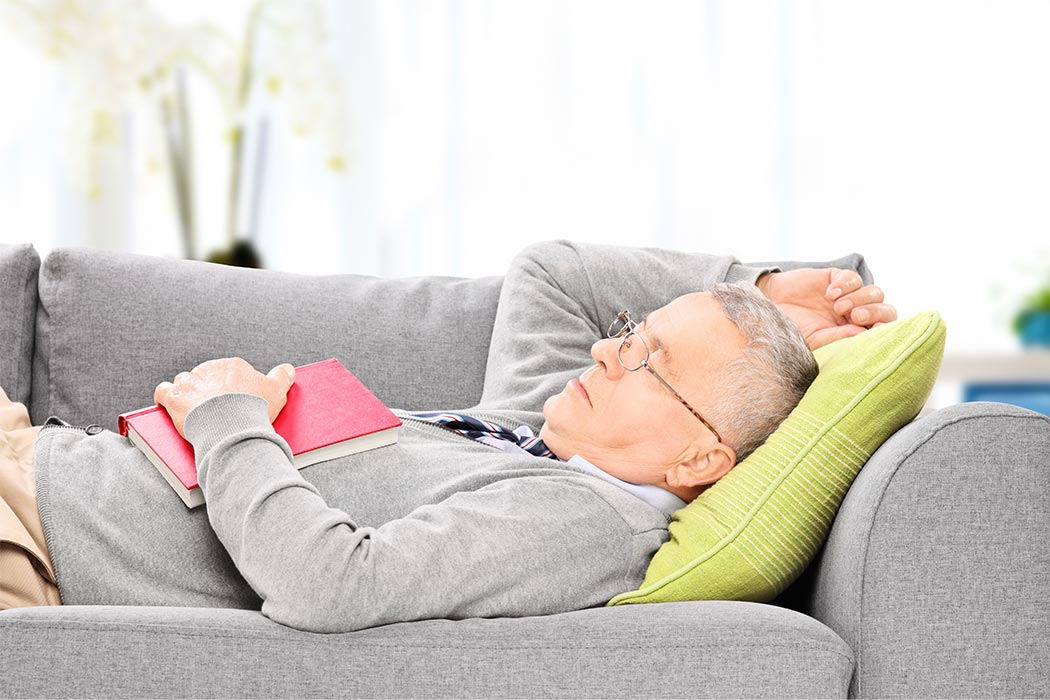Finally, some health news we can get behind: mid-day naps are good for you. In a controlled study, mid-day nappers had consistently lower blood pressure compared to non-nappers over the course of a day—not just during nap time. Over time, nappers may require fewer blood pressure medications than those who are unable to nap, possibly lowering healthcare costs in addition to improving health. This finding comes as the potential benefits of napping are commanding increasing attention from researchers.
The blood pressure findings may be useful for employee wellness programs, but the results of a 2009 study by Denise Cai and colleagues, testing the impact of napping on creativity, might also be relevant to some employers. Cai et. al. found volunteers willing to take a SAT-esque word analogy test (called the RAT–it even sounds like the SAT), before and after a nap.
The results? Napping significantly improved creative problem solving. But there is a caveat— nappers only scored higher if the nap induced REM sleep and if the analogy test questions were administered before the nap began. This effect, known as priming, means that sleep will not help you solve any problem, but if there is a problem you are already working on, a good nap may help you solve it. Deciding to sleep on it really does work, apparently. On the other hand, when it comes to solving completely novel problems, taking a break is just as beneficial as taking a nap.
The nap research has important implications for the way we work, but there are more productive ways to make use of naps than others. If you’re stumped, take a nap and your brain might be ready for a breakthrough. If the plan is to take a nap and then move on to a new project, a quiet rest might be fine. The need for REM sleep is inconvenient, as it means the best results derive from longer naps. The blood pressure study found that longer naps were more beneficial than shorter naps, so a solid afternoon nap might accomplish multiple goals. For the moment, these findings are most useful for retirees, freelancers, or others with flexible schedules. But hopefully employers will start to take note of the nap’s potential to improve employee productivity and health. The 2 pm wall might one day be a thing of the past.







